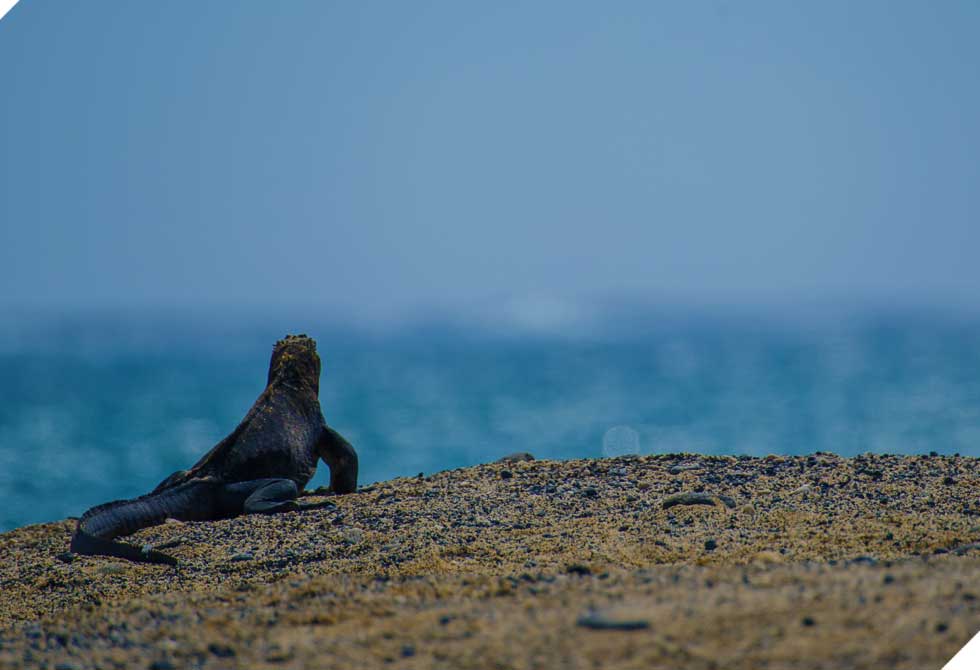








Move the sentences to make a mind map that explains how the Galapagos Islands have become so distinctive.
All of these factors combine to create the distinctive characteristics of the Galapagos Islands. A wide variety of marine and terrestrial habitats are able to support rare plant and animal species and create a unique natural landscape.

